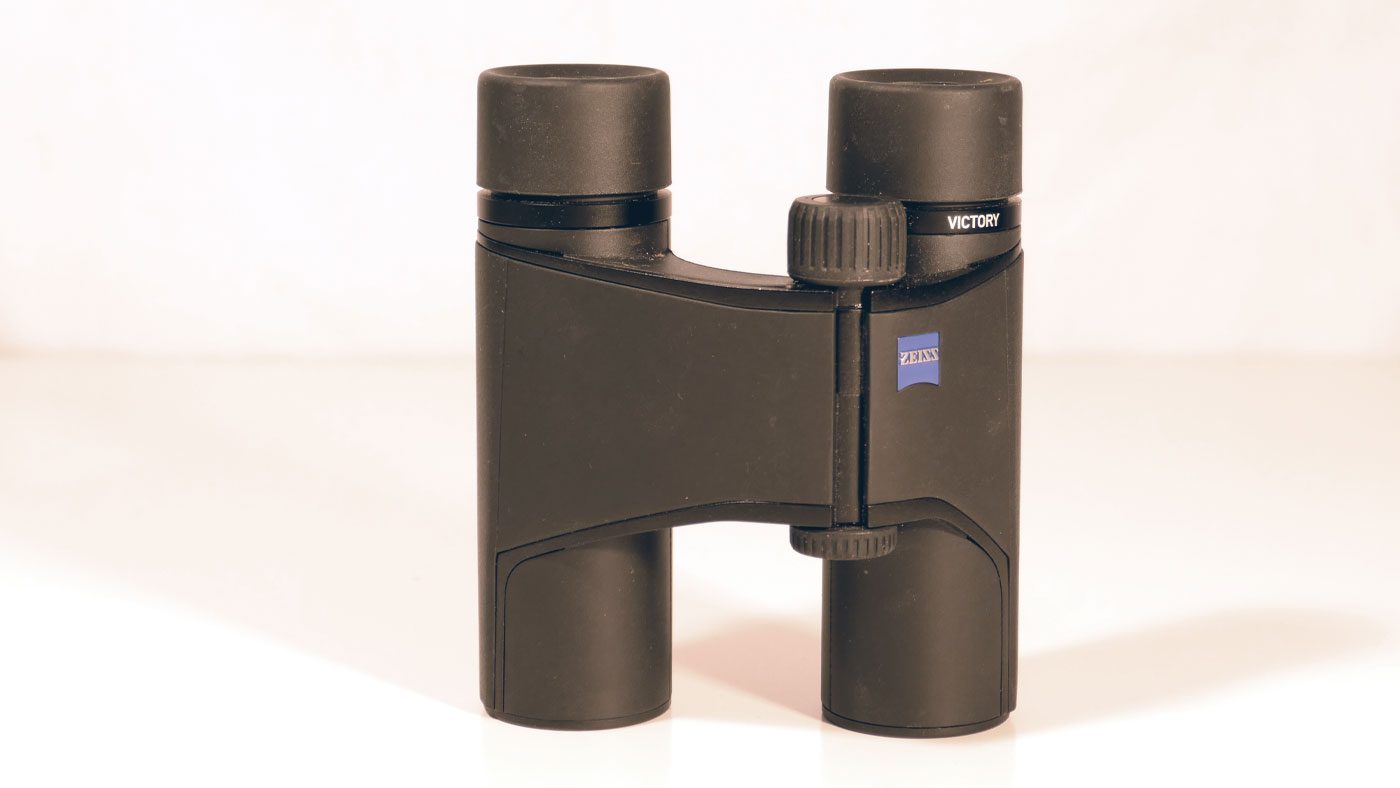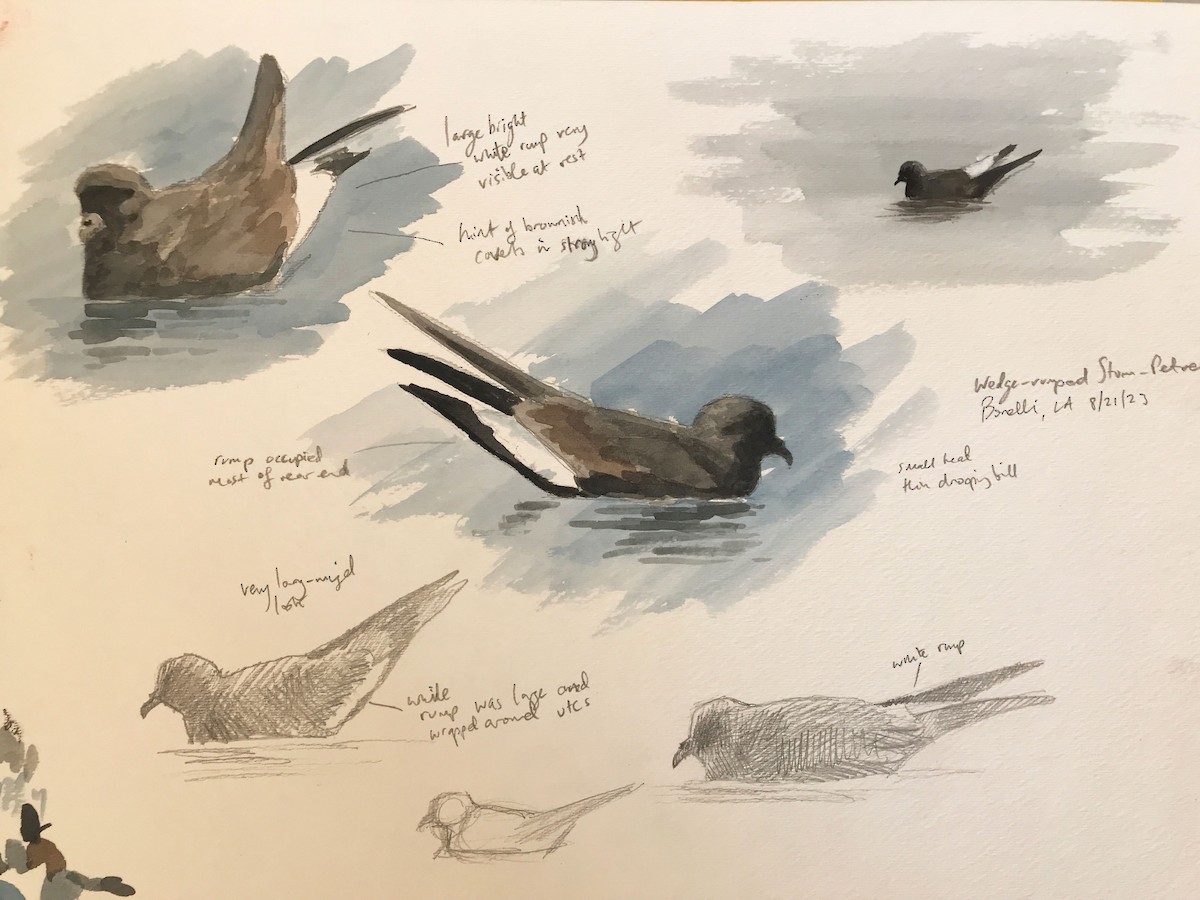Premium glass and a clever asymmetric design make these binoculars a near-perfect combination of brilliant, tiny, and comfortable to use. We rate them a Top Pick.
July 23, 2024
At A Glance
PROS:
- Innovative asymmetric design creates a superb feel and makes one-handed birdwatching easy, at least for right-handers
- Premium glass delivers a brilliant and sharp image
- Offset single hinge allows binoculars to fold into a tiny package without the readjustment issues of double-hinge designs
- Very good field of view and close focus
CONS:
- Not as ergonomic for people who focus with their left hand
STATS:
- Price: $899 MSRP at press time. Prices often fluctuate, so check with retailers
- Close focus: 6.2 feet (190 cm). In tests, we could focus these binoculars down to about 5.2 feet (160 cm)
- Field of view: 7.4° (389 feet at 1,000 yards). More about field of view
- Weight: 10.2 oz (289 g)—that’s about 0.5 oz (13 g) lighter than the average for pocket binoculars in our review
- Eye relief: 16.5 mm
Viewing Experience: The Zeiss Victory Pocket combines top-tier optics with an ingenious, asymmetric design (see next section). They come very close to the trifecta of binocular needs: bright and sharp; extremely packable; and comfortable to use. Thanks to Zeiss’s premium Victory lenses, these binoculars are optically one of the best in our pocket-binocular review. The image is bright, crisp, and very sharp even when looking at distant birds. It was a joy to watch a breeding-plumaged Great Blue Heron 200 yards away, its wispy head plumes standing out easily along with the bright orange bill. When searching tangled underbrush for skulky spring migrants, it was easy both to find a male Black-throated Blue Warbler and to enjoy its subtle contrasts of dark blues and blacks. With birds in flight, we found it easy to lock onto a Pileated Woodpecker flapping over a marshy inlet, and its black, white, and red lines were so sharp they seemed almost etched. The 7.4° field of view is among the widest of the pocket bins we tested, and the close focus (which we found to be a bit better than the manufacturer spec of 6.2 feet) make them a good choice for enjoying close, still subjects like insects and flowers. Eyecups were comfortable and large enough to fit comfortably over and around the eyes (not always the case with pocket binoculars). The fairly small focus knob was easy to manipulate, responsive to touch, and allowed us to quickly zero in on the subject.
Feel and Build: The asymmetric design of these binoculars is unique among the 60+ binoculars we’ve reviewed in the last few years. The focus wheel is placed closer to the left barrel than to the right—giving the binoculars a distinctive, possibly quirky look. Yet it only takes a few minutes of use to became clear how clever a design choice it is, at least for right-handed viewers. The offset allows the left barrel to fold neatly under the right barrel for maximum packability, while avoiding the finickiness and other drawbacks of having a double hinge. It also means the focus wheel is at a more natural reach for your right index finger. On other tiny binoculars, a center-placed focus wheel makes for a cramped feel under your fingers. (If you use your left hand to focus, or if you have small hands, this design may not be as useful.) This natural geometry, combined with light weight, makes one-handed birding more practical than in any other binocular we’ve tried.
This article is one in a series of mini-reviews. To see how these binoculars compare to others we’ve tested, see our full review of pocket binoculars.



